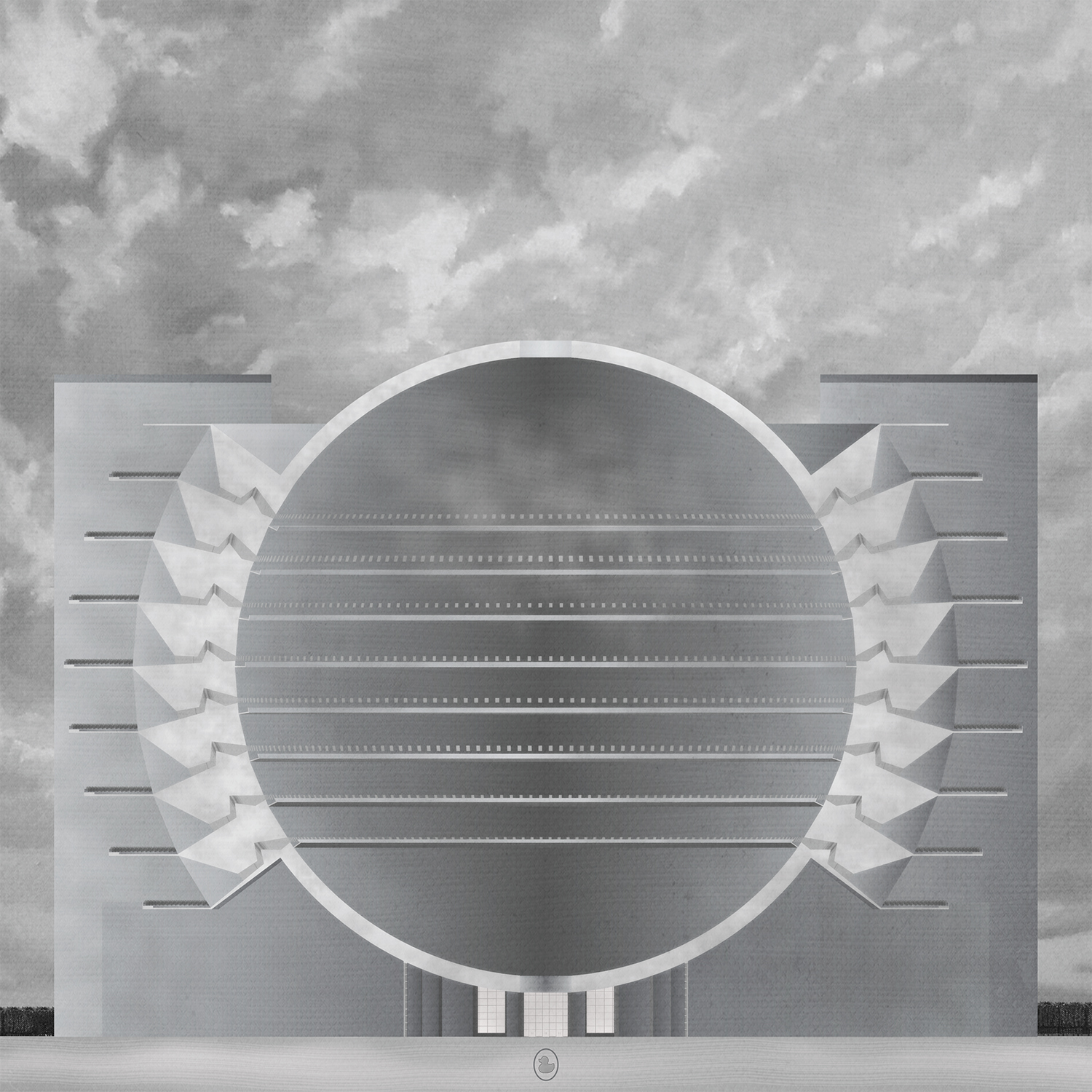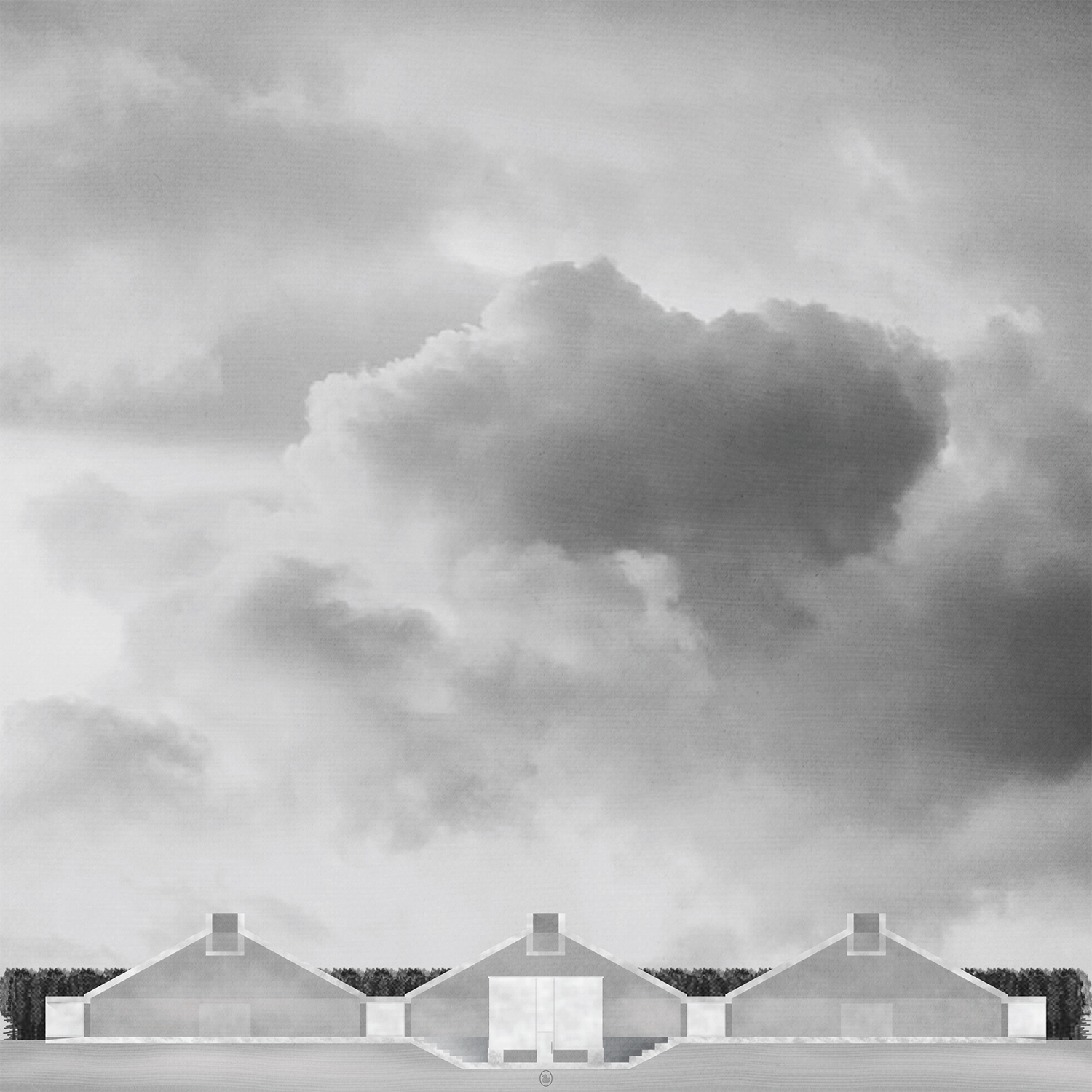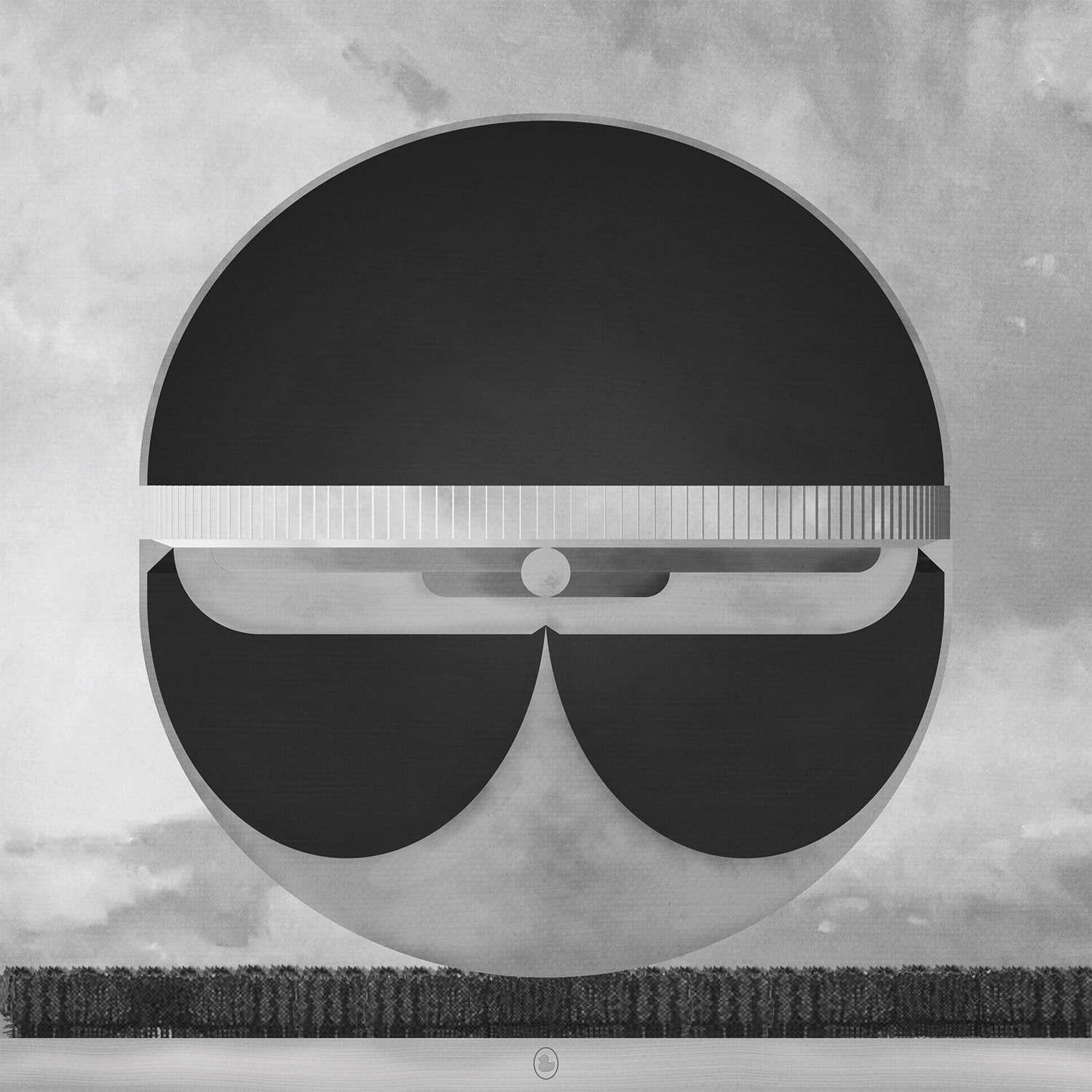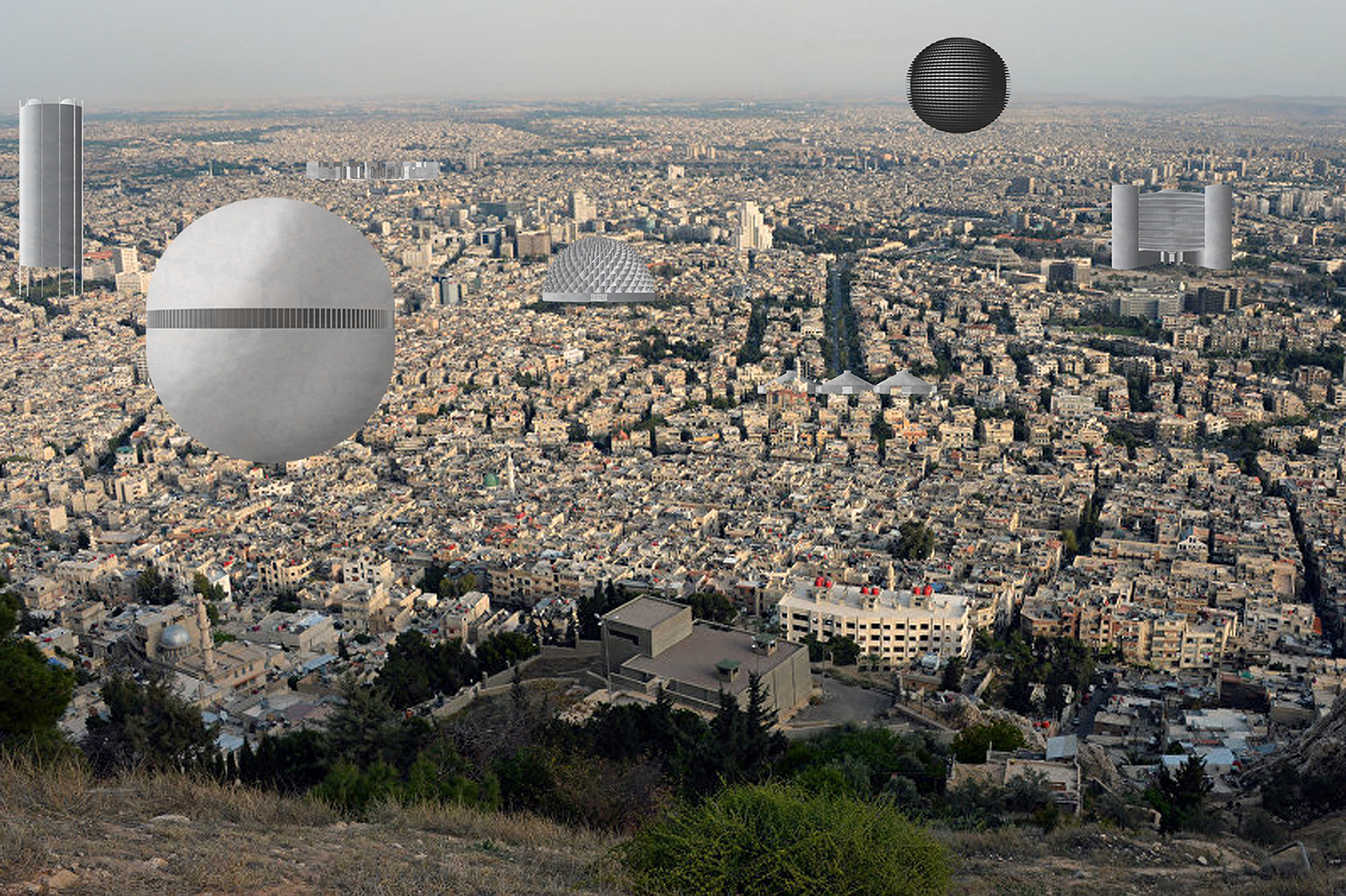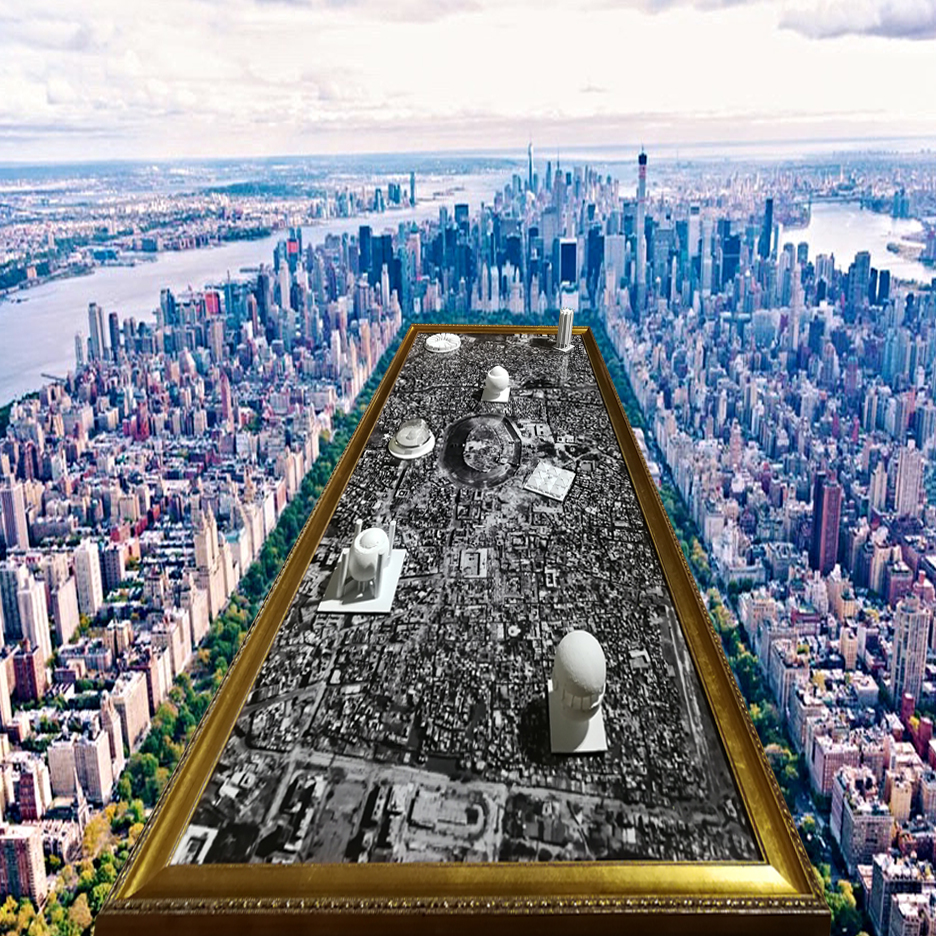About the Artist
Eyad Hachimi’s designs use the process of socio-political analysis to further understand people’s social behaviours and reflect relevant factors in his work. His designs attempt to create a narrative that intersects with the philosophy of the given program. He explores different forms of representation to illustrate and communicate different values that anchor his drawings to the architecture.
Eyad’s latest design research is investigating mechanical form of reproduction, and its impact on conflict. Through this work, Eyad aims to communicate how a population can achieve freedom, peace, and coexistence. In this project, there are many references to architectural designs by Boullee, Ledoux, Superstudio, and others. The unique artistic technique he adapted in his drawings is a combination of old and new that emerged from the design of these horrific Parliaments.
Eyad has both his Master’s and Bachelor of Architecture from Ryerson University, Toronto, Canada. He has participated in Canadian and multi-national design competitions where he was able to express multifaceted design concepts.
About the Works
Violence emerges symbolically in architecture when a built form impacts occupants, forcing them to adapt to the building program. Hence, violence politicizes architectural form. Architecture is equipped to clarify the emergence of violence and the effects it has on the sociopolitical landscape. By pushing the relationships between architecture, building, and violence, people can come to understand coexistence. There is a fine line between tolerable and intolerable violence despite the inevitability of violence in architecture.
In this project “Symbolic Violence in Architecture: Eight Parliaments of Aleppo”, parliaments are looked at as containers for conflict that act as microcosms for the issues beyond the walls. By embedding these buildings with violence and symbolic violence, these parliaments have become empowered to police and govern its occupants. In this project, there are many references to architectural designs by Boullee, Ledoux, Superstudio, and others. The unique artistic technique adapted in these drawings is a combination of old and new that emerged from the design of these horrific Parliaments.
The Eight Parliaments of Aleppo locate violent boundaries using the same kinds of violent abuse found in the Syrian war. Symbolic violence in the Eight Parliaments is used as a tool to communicate the significance of adaptability, tolerance and coexistence, which demonstrates the strong relationship between architecture and politics. Violence is inevitably cloaked within occupants’ interpretation of forms “symbols” which impacts the frame of reference. If each person frames violence differently, how would architecture consider the oppressive form of violence?
